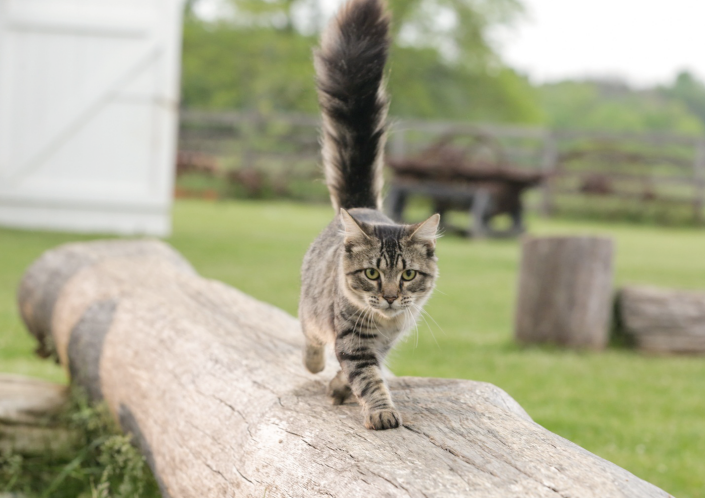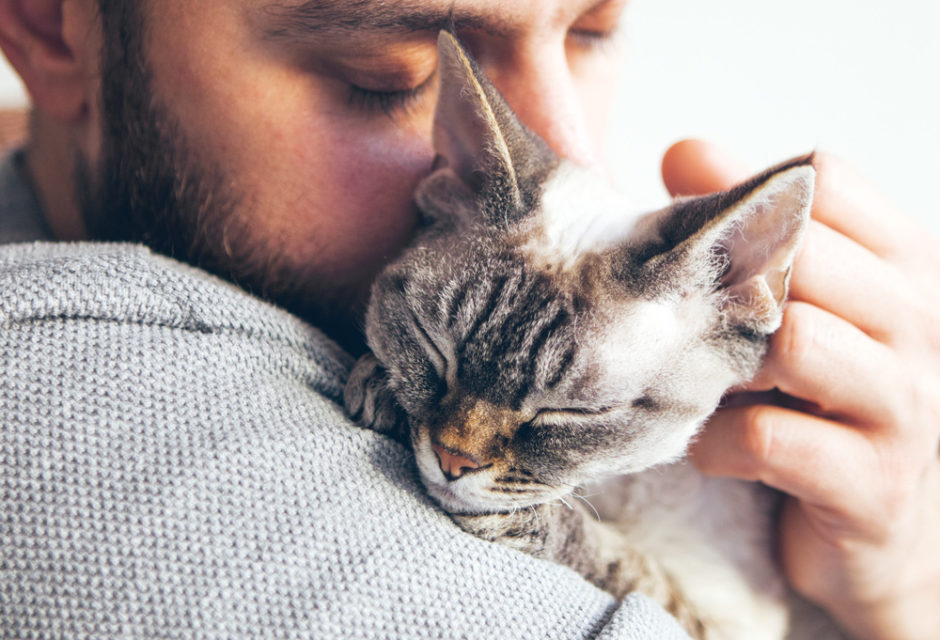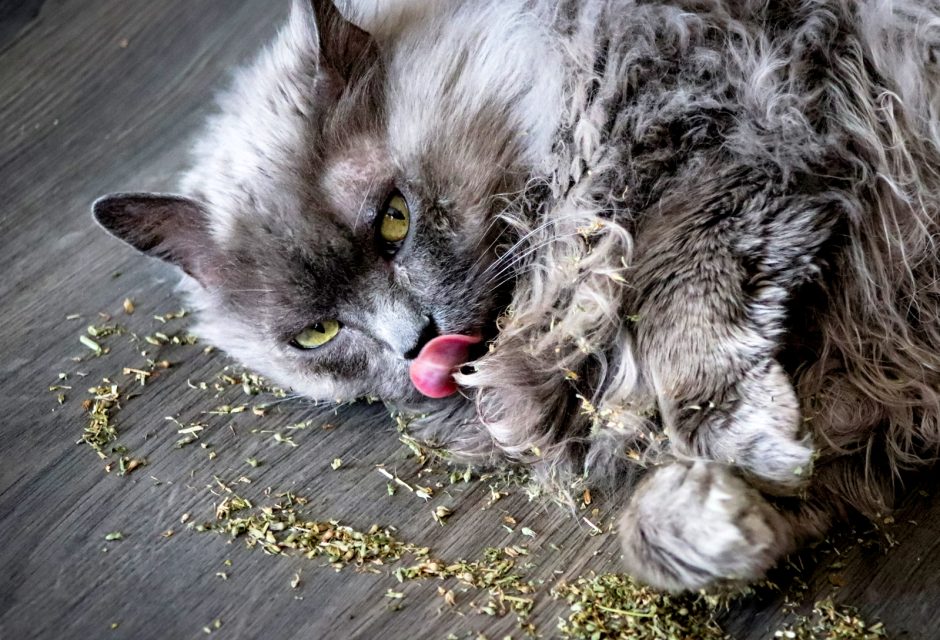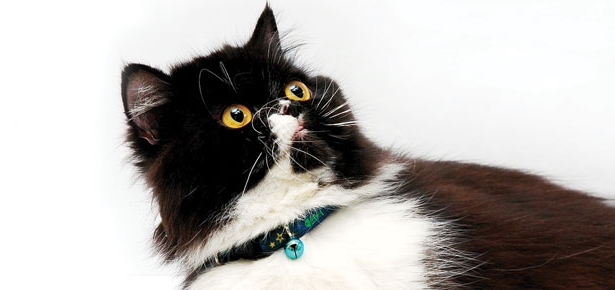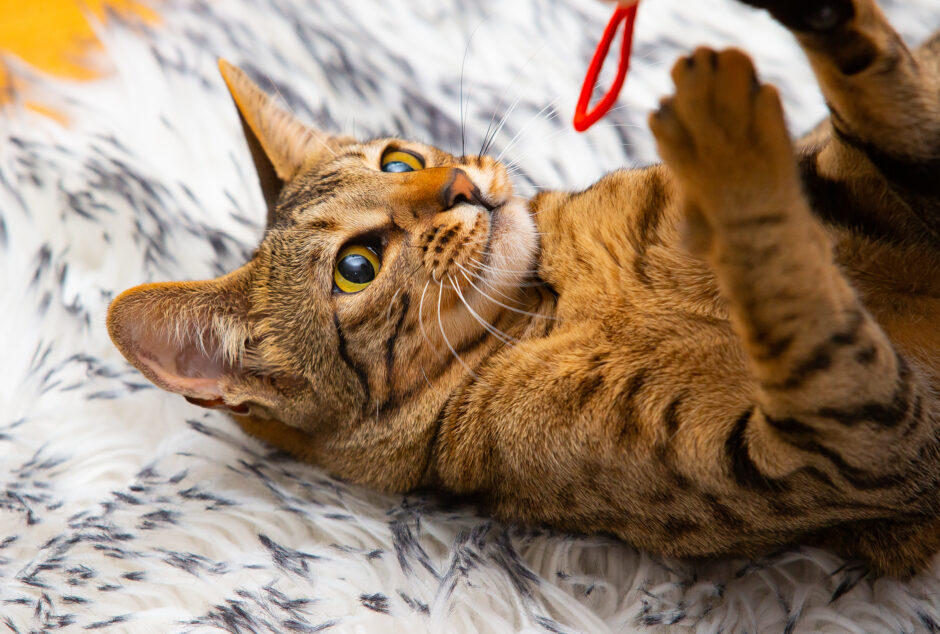

Cat Nails: The Importance of a PETicure
You and your beloved pet may share a lot in common: enjoying long walks in the park, snuggling up on the couch, or even taking a relaxing dip in the pool. But when it comes to an afternoon of pampering at the nail salon, our pets don’t typically share our idea of relaxation. Nevertheless, even if they find it unpleasant and stressful, clipping your cat’s nails is a crucial grooming technique for their overall health and well-being.
 Leaving your pet’s nails untrimmed can lead to pain and discomfort from many different sources. “Nails that are too long can get hung on fabric, blankets, towels, etc and get torn off which is not only painful, but tends to cause a great deal of bleeding,” said Dr. Stacy Eckman, lecturer at the Texas A&M College of Veterinary Medicine & Biomedical Sciences (CVM). “Nails that are too long (especially the dewclaws) can also grow around and into the footpads causing pain and infection.”
Leaving your pet’s nails untrimmed can lead to pain and discomfort from many different sources. “Nails that are too long can get hung on fabric, blankets, towels, etc and get torn off which is not only painful, but tends to cause a great deal of bleeding,” said Dr. Stacy Eckman, lecturer at the Texas A&M College of Veterinary Medicine & Biomedical Sciences (CVM). “Nails that are too long (especially the dewclaws) can also grow around and into the footpads causing pain and infection.”
Popular to contrary belief, dogs aren’t the only pets that require a routine clipping. Our feline friends need some nail pampering on a regular basis as well. “Outdoor cats who climb trees keep their own nails short, but with the majority of our cats living indoors, they too need nail trims,” Eckman said. “They will naturally sharpen their claws if given adequate substrate to do this on (i.e. a scratching post or wood), but may need additional trimming, especially on the back claws.” Keep in mind that it is natural for cats to also use scratching posts to mark their scent, and even cats that are declawed will “use” a scratching post for this purpose.
Trimming your pet’s nails can be done as often as necessary. For dogs, trimming their nails whenever you bathe them can be convenient for both of you. Since we do not typically bathe our cats, a thorough trim every 2 to 4 weeks is plenty.
As for the clipper itself, there are several brands, types and sizes to choose from, including scissors, pliers, guillotine, and nail grinders. “Some work better on cats (i.e. guillotine) than others, and some are better for larger dogs with thicker nails,” said Eckman. “Others claim to ‘find the quick’ so you don’t cause the nail to bleed, but I don’t think these work very well.” It is best to research which will work best for your pet, as well as test them out to see which style your cat or dog seems most comfortable with.
Letting your pet become acclimated to nail clipping at an early age can also help the process go more smoothly. Once they become comfortable with you holding their paws as kittens or puppies, gradually start clipping one or two nails a day, and follow up with lots of positive rewards for their cooperation. Giving them their favorite treats or even a long tummy scratch should do the trick.
When trimming the nail, be sure to avoid the quick, or nerves and blood vessels located near the bottom of the nail. Just trimming the excess length will ensure a painless clipping process for all involved. But even with the most painless technique and gradual of introductions, there are pets that seem unable to get over their terror of nail clipping. If your cat or dog falls under this category, it may be helpful to seek help from an assistant to hold down and calm them while you do the deed. If that backfires and your pet is still too stressed, then talk to your veterinarian about strategies to help make nail trims less stressful, Eckman said. Just like people, each pet is unique, with various personalities and patience levels. It is important to remember that even though they may not find their PETicure enjoyable at the time, they will undoubtedly thank you in the long run.
Join the newsletter and never miss out on cat content again!
"*" indicates required fields
By clicking the arrow, you agree to our web Terms of Use and Privacy & Cookie Policy. Easy unsubscribe links are provided in every email.






